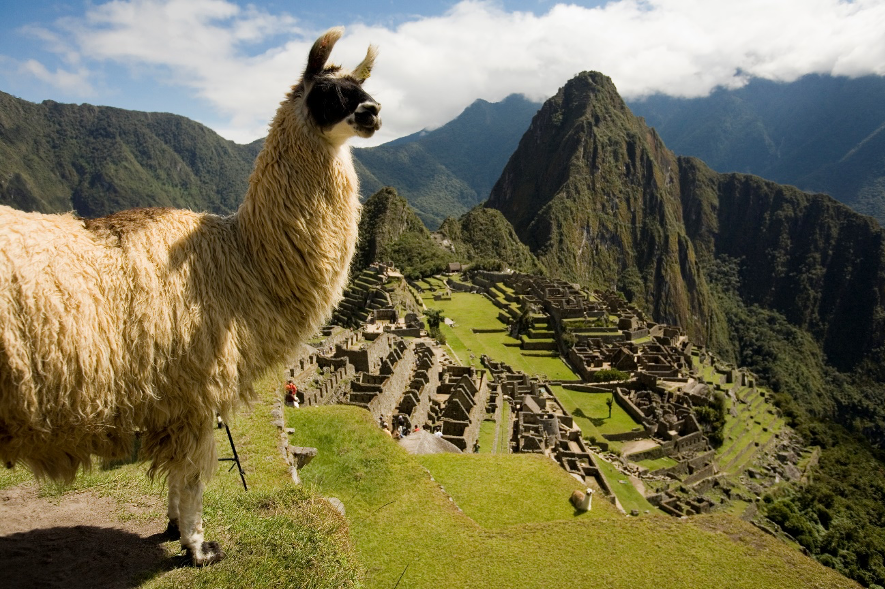
Peru and —more specifically— Cusco
Machupicchu is one of the most visited places in the world. Here is the truth behind 3 longstanding myths surrounding the Inca citadel.
1. Who discovered Machupicchu?
Machupicchu, as most archaeologists agree, was built in the 15th century by Inca ruler Pachacutec (or Pachacuti) Inca Yupanqui. It was abandoned with the arrival of the Spanish conquistadors and remained as such until the citadel’s so-called rediscovery. Most attribute the discovery to American explorer Hiram Bingham, who published an account of his findings in Peru in 1911.
Yet, Machupicchu, known as the Lost City, was not unknown to all. Locals of the area knew of its existence, like Melchor Arteaga, a landowner who lived on the banks of the Vilcanota. Arteaga knew of the citadel’s existence as far back as 1902 (that we know of), and took Bingham to the citadel.
2. Why was Machupicchu built?

Another Machupicchu myth questions why it was built on top of a mountain, 2,430 meters above sea level. Was it was built as a military base or a place of leisure for Inca rulers?
Archaeologists and researchers believe Machupicchu’s location was chosen for its military advantages. The steep mountain on which the citadel was built offers a natural buffer against enemies, while secret entrances (like the so-called Inca bridges made of natural fibers) gave the Inca army advantages against any attacks.
Yet, there is evidence that the citadel was built as a resting place for the Inca ruler Pachacuti. In 2012, a French explorer discovered the Inca palace (located in front of the Temple of the Sun) that was likely used by Pachacuti. Though tourists are restricted from accessing this chamber, guides can point to it while passing through the urban sector. Said to be full of skeletons, a gold-plated staircase and other treasures, the tomb is located some 20 meters underground.
3. How is Machupicchu still standing?

Aside from the long gone rooftops, made out of wood covered with straw, the Inca buildings of Machupicchu are mostly intact. How has Machupicchu, and other Inca structures, withstood nearly five centuries? The question leads many to believe myths and theories of alien handiwork. But in fact, the longevity of the structures is due to their solid foundation.
To build Machupicchu, portions of land had to be flattened and underground retaining walls placed to provide additional support. The structures were built from granite dating back to 246 million years ago, collected from rockfalls kilometers away from the sacred site.